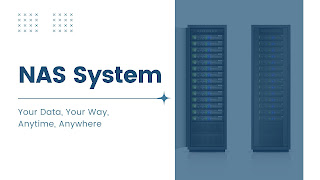NAS System Maintenance: A Step-by-Step Guide for Beginners

Network Attached Storage (NAS) systems have revolutionized the way we store and share data. With its ease of use, scalability, and cost-effectiveness, it's no wonder why more and more people are investing in this technology. However, like any technology, a NAS system requires regular maintenance to ensure it continues to perform optimally. In this step-by-step guide, we will discuss how to maintain your NAS system to keep it operating at its best. Check and Update Your Firmware The first step in maintaining your NAS system is to regularly check and update the firmware. Firmware updates often contain bug fixes, security patches, and new features, which can all help improve the performance and stability of your system. To check for firmware updates, simply log in to the admin panel of your NAS system, and check for any available updates. Once you find an update, follow the system's instructions for installation. Clean Your NAS System As with any electronic...

